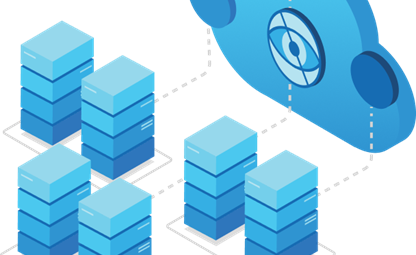14 Jul 2018
3 Reasons to Build Your Machine Learning Algorithm for Unsupervised Learning

Your employees and traditional spreadsheets can only find what people know to look for. For example, it's possible to build CRM reports that find input errors. If every business customer who is headquartered in State A has to have Product X, you can easily find customers [State A] NOT [Product X] and start cleaning up your records. Or you can look for correlations between the number of new online visitors and an increase in sales, or an increase in landing pages and a corresponding increase in subscribers.
But the problem with these searches is that they are far too granular. They're narrow. People can easily find when customers' product records are incomplete, but only if they know to look. Your business analysts have to think of potential correlations before exploring them. Not only is that inconsistent, it's not scalable. People don't just run out of ideas eventually, they take longer and longer to come up with new ones once the obvious ideas have been tested.
That's where unsupervised learning steps in.
1. Cluster your data to find customer personas.
It's impossible to know what all elements tie your customers' decision-making together. Once you get past the probable correlations like that between the holiday season and an uptick in a parent's spending, you still need to dig deeper. With an algorithm based in unsupervised learning, you can build bots that cluster the data into surprising, but accurate, groups.
2. Pair up trends for more efficient success.
Stores do this all the time. Which products should you recommend to a customer who just put X product in their cart? What product should you recommend days after they actually made the purchase? With more clustering, bots can tell you what decisions are the most likely to work without you spending so much time on A/B testing.
3. Throw away the ideas that aren't worth pursuing.
Sometimes you have to experiment. But with dimensional reduction, a specific type of unsupervised learning task, your bots can start to pursue secondary factors and dimensions. They can also turn around once the dimension doesn't pan out. Not only does this save your company time and money on the wrong idea, you don't even have to have your employees waste time chasing down the data themselves.
Whether you want your bots to handle supervised learning tasks or unsupervised learning tasks, call our team today on 1800 folio1.


